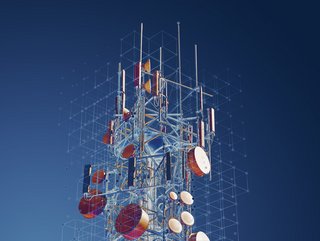Deutsche Telekom to boost 5G with Mavenir

Deutsche Telekom has partnered with Mavenir to successfully deliver and deploy a cloud-native 5G core to its network in Germany.
The company specifically selected Mavenir as the supplier for software applications to run on its defined hardware and the existing Kubernetes-based platform of its German business, ensuring an open architecture approach. As part of the deployment process, the Converged Packet Core was integrated with Telekom’s existing multi-vendor access network and other system components.
“The deployment of a cloud-native Standalone (SA) core marks a key milestone in the evolution of our 5G architecture. This sets us on a path towards a fully automated network with the reliability, massive scale and flexibility required to deliver innovative 5G SA services to our consumer and enterprise customers,” said Abdurazak Mudesir, Group CTO Deutsche Telekom.
Taking advantage of 5G features
The converged packet core supports data, voice and messaging services, and network slicing and the initial network slicing use case is focused on live video broadcasting.
The Mavenir solution is based on automated software delivery and network upgrades, and the converged architecture supports 4G, 5G non-standalone (NSA) and 5G standalone (SA) modes, and enables all access technologies to run on a common cloud-native platform by Deutsche Telekom.
According to the companies, this will allow new Converged Packet Core services to be deployed in minutes by using the automation framework of Deutsche Telekom.
Mavenir’s Converged Packet Core solution is part of its cloud-native MAVcore portfolio, and its open architecture uses Telekom-defined hardware, a Kubernetes-based platform, and the automation framework of Deutsche Telekom. It offers network slicing support with dedicated control and user plane network functions for meeting strict service level agreements.
Pardeep Kohli, Mavenir’s President and CEO, said: “The Mavenir solution deployed with Deutsche Telekom in Germany, creates the foundation for the future introduction of 5G standalone enabling new applications and services to take advantage of 5G features such as low latency and network slicing.”






